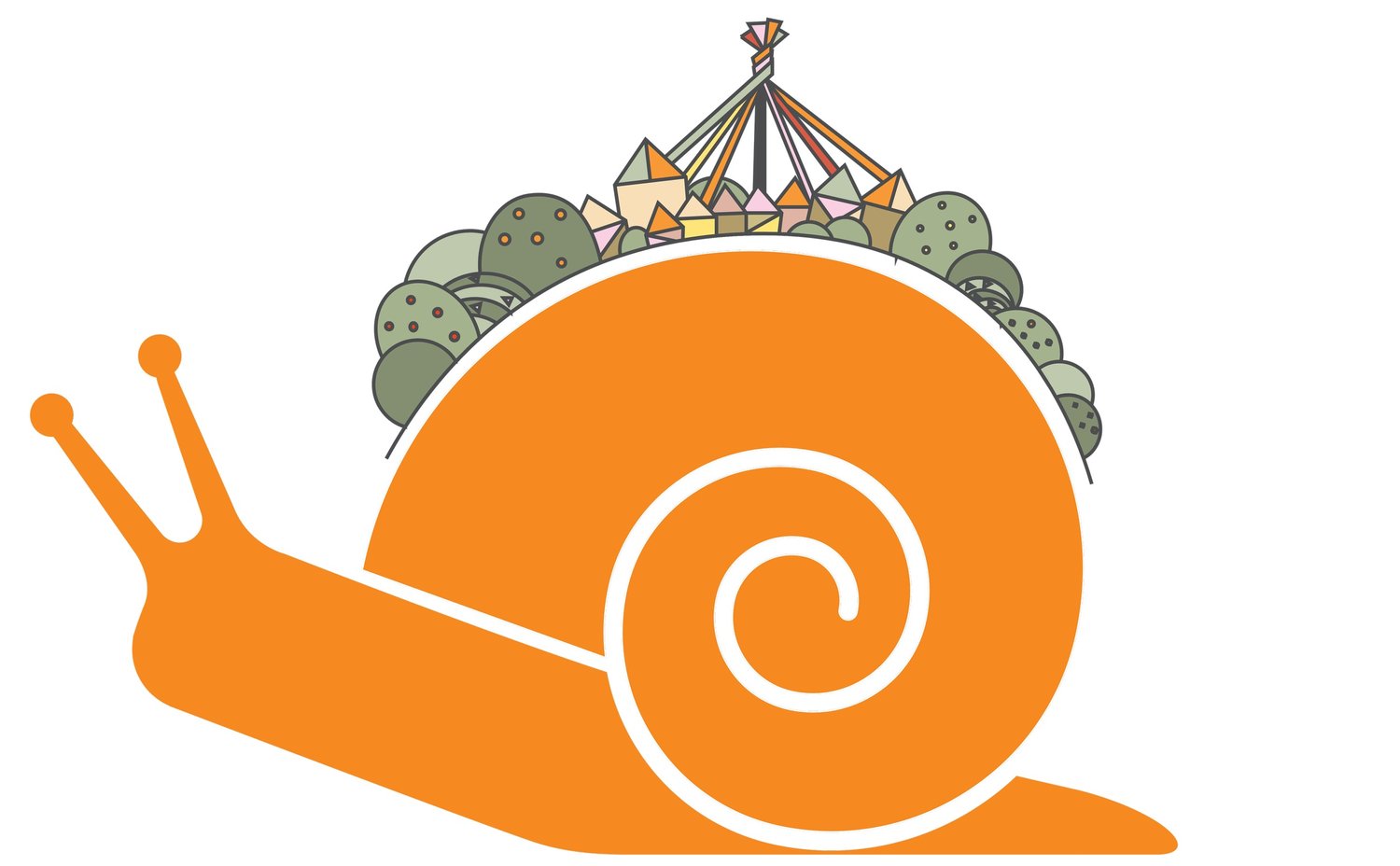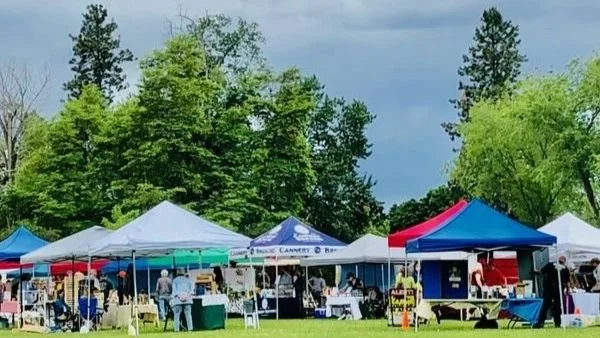July 2022 Newsletter
Naramata Community Farmer's Market
Wednesdays 4-7 pm
The temperature is cooler and so are the vibes at the afternoon Farmer's Market! Stroll through the rows of terrific vendors and check out some incredible artisan items. You'll find candles, cotton candy, donuts, honey, pottery, and salad dressings just to name a few. Pick up your weekly locally grown vegetables and fruit, do a wine/beer/spirits tasting, and enjoy the musicians. Grab some dinner at your favourite food truck and look for a couple new ones making guest appearances. Enjoy your meal on one of four new picnic tables courtesy of NaramataSlow! Come on out and say hello to your friends and neighbors and support our local producers.
Enjoy our market? If you are available to volunteer with traffic control, set up or take down, we would love to welcome you to the Community Market Team (a super fun group with wine tumblers)! Please email narmataslow@gmail.com or call Jacquie at (250) 490-1077 for more details.
Rainbow Trout Spawning in Creek
Rainbow trout can be found in both rivers and lakes. Rainbows have small heads with well-developed teeth on the roof of the mouth and no teeth at the base of the tongue. Their colour is silvery overall, often with an iridescent pink to reddish band along the lateral line. In spawning condition the red stripe on their sides becomes more pronounced and their bodies darken to a smoky-grey hue.
What is their life cycle?
British Columbia’s rainbow trout spawn in streams during spring months. Rainbow trout that inhabit in lakes travel up creeks when spawning, while river rainbow trout travel upstream to smaller channels when spawning. Rainbow trout usually spawn for the first time in their third or fourth year. If food and other factors are suitable, most mature individuals spawn every year. They enter their spawning streams in the spring to lay their eggs in redds, gravel nests built by the female. They usually spawn in clean gravel in a riffle at the tail of a pool. Eggs hatch into alevins after four to seven weeks, depending on water temperature. It takes three to seven days for the alevins to absorb the remaining yolk to become fry. Free-swimming fry emerge from the gravel during the summer. The fry of lake-resident spawners may move into the lake immediately, or, when there is sufficient stream flow, they may spend up to three years in the stream to avoid lake predators.
What do they eat?
Rainbow trout primarily feed on insects in both streams and lakes such as black fly, dragon fly, mayfly and eat leeches, crustaceans, and molluscs.
How are they doing?
As a species, the rainbow trout is yellow listed, which means that it is not at risk in British Columbia. However, many populations have suffered declines and even extinction as a result of habitat damage or over fishing.
How you can help?
It is important to obey angling regulations and habitat protection bylaws, guidelines and regulations, since they were designed to protect the fish and their habitat. You should also Observe, Record and Report violations of the regulations by phoning 1-800-663-9453. Rainbow trout are highly vulnerable to human activities, which alter stream flow, increase sedimentation, reduce cover or raise water temperature. If you own property bordering a stream or lake, try to protect or plant trees and shrubs beside the water to provide food and shade, and prevent the banks from eroding. Be aware that what you dump into your septic tank or roadside storm drain may find its way into streams or lakes. Help keep water quality high by using detergents and soaps minimally and do not dump harsh chemicals, such as bleach, paint thinner or antifreeze, into drains.
2022 Protein Challenge: Beans are Planted!
Back yard farmers all around Naramata have taken up the protein challenge with a keen-ness for bean-ness! They have planted various varieties of beans generously provided by the Okanagan Seed Savers. The goal is to evaluate which beans perform the best in our area by growing, harvesting, and drying these beans for winter consumption. There are six varieties we are testing, and four come from local seed growers! These include Ojo de Cabra, Hidatsa Red, Good Mother Stallard, Rattlesnake, Gigantes-Elefantes, and Christmas Lima. We are observing overall plant health and growth, which insects or animals come to visit the plants, and of course cooking, eating, and evaluating the culinary attributes of the beans. At the end of the season, we will gather information to create a knowledge network of what seeds are worth growing and saving here in the Okanagan Similkameen. Stay tuned for the harvest in August - October when we "weigh the outcomes" and determine the winners!
What to do in July
July 1, 2022: Canada Day Celebrations & Fireworks
July 1-3, 2022: Penticton Rotary Ribfest
July 2, 2022: Penticton Scottish Festival
July 3, 2022: 8th Annual Okanagan Trestles Tour
July 10, 2022: Okanagan Granfondo
July 17, 2022: Peach Classic Triathlon
July 22-23, 2022: 4th Annual 97 South Song Sessions Festival
Kevin's Korner
What did the beaver say to the willow tree?
It's been nice gnawing you.
Interested in getting involved?
Drop us a line at naramataslow@gmail.com
Follow Naramata Slow on Facebook and Instagram or visit NaramataSlow.com.
NaramataSlow is part of the International CittaSlow Society. Our goal is to raise awareness & create conversations around Naramata’s designation as a Cittaslow Community.
Naramata is only one of 3 communities in Canada to receive the Cittaslow designation from Italy.

